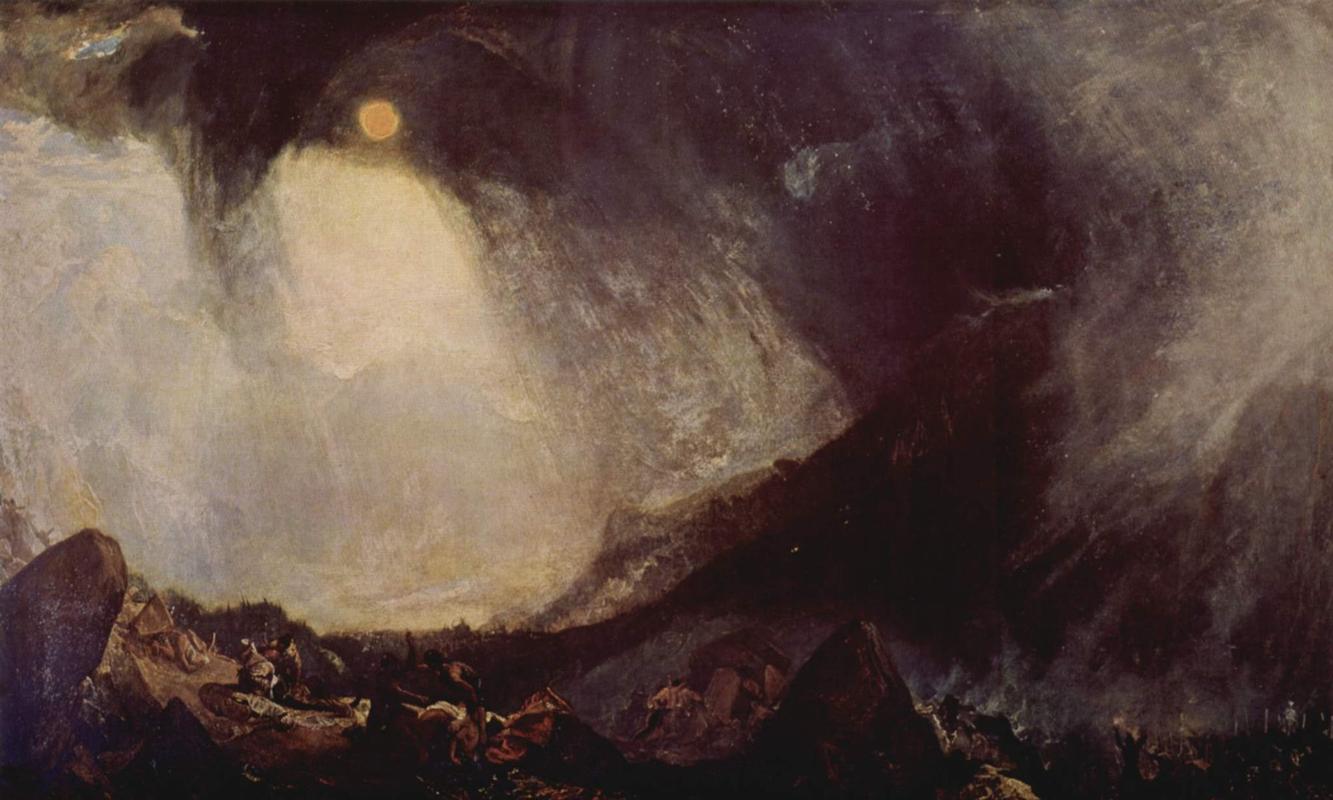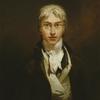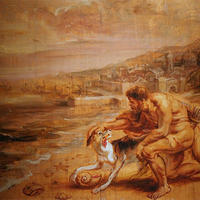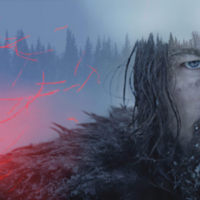More about Snow Storm: Hannibal and his Army Crossing the Alps
- All
- Info
- Shop

Sr. Contributor
Turner paints an entire landscape of Hannibal crossing the Alps to mock Napoleon.
Turner’s painting showcases the elephant in the room, or rather the lack of one. In 218 BC, the Carthaginian general Hannibal led an army from North Africa to Rome by way of Iberia, culminating in his monumental crossing of the Alps. Hannibal is as famous for this feat as for what he brought with him…not fava beans and a nice chianti, but a herd of some 38 war elephants to ride into battle. One wonders at the advisability of driving sub-Saharan giants across the Mediterranean and over snow-capped peaks (only one of the elephants survived the war), but this fantastical detail has captured artists’ imaginations for centuries.
Indeed, a painting of Hannibal without his famous elephants is like a Venus without conspicuous nudity. In defiance of fanciful depictions by artists such as Nicolas Poussin, Turner plays with the trope of the obligatory elephant. He gives us a tiny, obscured elephant barely visible in the background, and Hannibal is nowhere to be seen, dwarfed by a snowstorm of biblical proportions. This is Turner’s little joke at the viewer’s expense, suggesting his work is as much a parody of Romanticism as an example of it.
Turner also calls upon contemporary events. This painting debuted in 1812 at the height of the Napoleonic wars, with Hannibal’s army standing in for Napoleon’s. Turner alludes to David's iconic Napoleon Crossing the Alps, which showcases Napoleon and his magnificent horse front and center before an incidental mountain backdrop. In contrast, Turner gives us an absent Hannibal, an insignificant army, and the miniscule outline of an elephant lost in the chaos of a catastrophic weather phenomenon. This evokes Turner’s famous preoccupation with natural events over human concerns, but it’s also a political move.
From the British perspective at the time, Napoleon was the Darth Vader of Europe, believed by many to be the literal antichrist. By putting him in the guise of an irrelevant Hannibal in an apocalyptic landscape, Turner mocks David’s ass-kissing vision of the conqueror as hero.
Featured Content
Here is what Wikipedia says about Snow Storm: Hannibal and his Army Crossing the Alps
Snow Storm: Hannibal and his Army Crossing the Alps is an oil on canvas painting by J. M. W. Turner, first exhibited in 1812. Left to the nation in the Turner Bequest, it was acquired by the National Gallery in London in 1856, and is now held by the Tate Gallery.
Check out the full Wikipedia article about Snow Storm: Hannibal and his Army Crossing the Alps
















